This might come across as a really silly question for some of you, but to give more context - I want to buy a gift for someone else and I have found a TinyFPGA BX, but it says "without pins".
What does that mean? As far as I know, pins are quite essential. The description does not really explain what that means. Does that imply it cannot be hooked up to a breadboard, etc?
Link to the product TinyFPGA BX (Without Pins)
